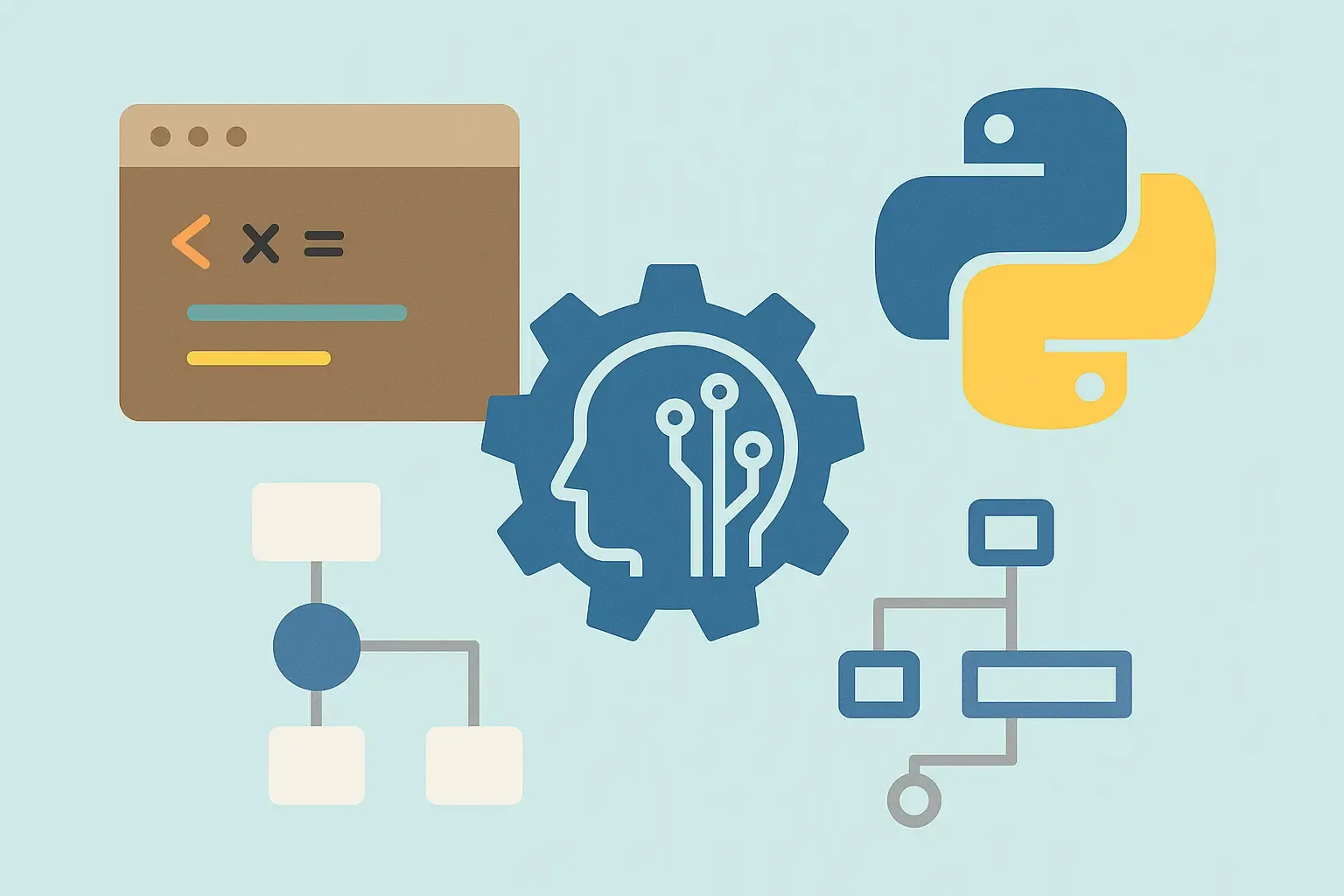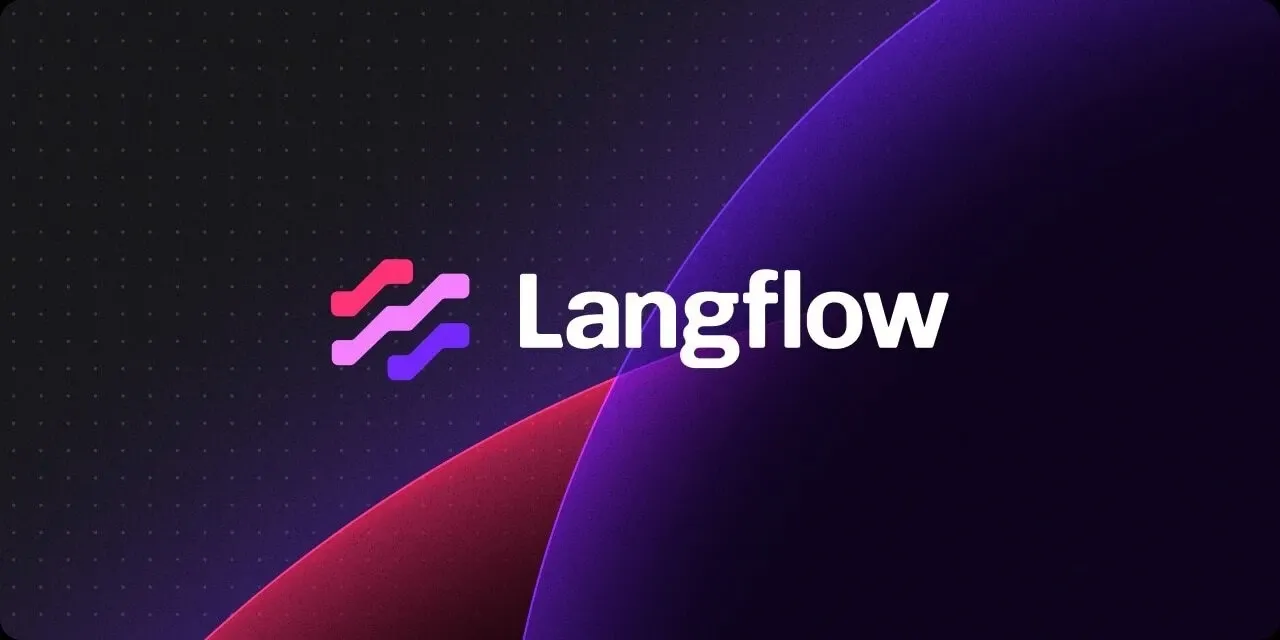Enterprise AI chatbots hold the promise of transforming internal communication in organizations, but they are currently presented by a challenge. Limited natural language processing (NLP) capabilities lead to repetitive interactions, misunderstandings, and an inability to address complex issues. This frustrates users and hinders enterprise AI chatbot adoption.
AI offers a solution – advanced Large Language Models (LLMs) that excel at processing and generating human-like text with exceptional accuracy. However, a critical barrier remains: seamless integration of these LLMs with existing enterprise systems. Valuable data resides in isolated pockets within Customer Relationship Management (CRM) and Enterprise Resource Planning (ERP) systems, creating a hurdle even for the most advanced LLMs. LLMs have huge potential to power intelligent, conversational AI chatbots, but their real impact depends on connecting them with organizational data and efficient data visualization. This connection can significantly raise the quality of internal communication in organizations.
How Enterprises Benefit from LLM-Powered Solutions
LLMs possess impressive capabilities in natural language processing (NLP) and understanding (NLU). They can analyze vast amounts of text data, learn from patterns, and generate human-quality responses. However, to translate this potential into actionable user experiences and data visualization, they need access to the rich data sets that reside within your organization’s various systems. Here’s how seamless LLM integration empowers your chatbots:
Facilitating Technical Support and Resolving Your Queries
LLM integrated chatbots embedded within ERP systems excel in addressing various inquiries. Their role extends beyond basic FAQ responses; they serve as interactive guides as well as data visualization tools. An LLM integrated with your CRM, ERP, and knowledge base can access and synthesize data from various platforms, enabling the AI chatbot to provide accurate responses for the user queries and visualize this data using generative AI. For example, when a sales employee seeks information on a purchase order or invoice, the AI chatbot doesn’t merely locate the file but also analyzes its content, offering summaries or highlighting significant figures. This functionality stems from natural language processing (NLP) and machine learning algorithms, enabling the chatbot to comprehend and address queries in a manner akin to human interaction.
Automating Workflows for Scalable Growth
LLMs play a crucial role in automating routine tasks, significantly boosting efficiency across operations. Tasks like data entry, generating standard reports, and handling basic workflow approvals are streamlined by configuring the AI chatbot to manage these processes independently. This reduces manual work and lowers the risk of human error. Through direct integration with ERP database modules, the AI chatbot enables smooth data retrieval and updates, driving more efficient, error-free operations.
Enhancing Decision-Making with Data Analytics
LLMs integrated into ERP systems are armed with advanced machine learning (ML) abilities, enabling them to analyze vast datasets with precision. These AI-driven tools excel at detecting patterns, trends, and anomalies within data. For example, an AI chatbot can examine inventory records and supplier metrics to suggest improvements in the supply chain or review production workflows to highlight opportunities for efficiency. By delivering these actionable insights, LLMs optimize daily operations and support informed, strategic decision-making for long-term growth.
LLM agents equipped with specialized tools are invaluable in deriving precise, actionable insights. By accessing structured data sources like ERPs and CRMs, these tailored LLMs can efficiently query information through SQL, extracting critical insights. They also excel at analyzing unstructured data, such as customer reviews, to uncover trends and identify key correlations and are capable of data visualization using generative AI. LLMs can translate complex, step-by-step reasoning into code with Python, further enhancing analytical depth. This unique combination of capabilities enables LLM agents to make informed, data-driven decisions, establishing meaningful correlations and driving impact across diverse business domains.
AI Fortune Cookie, a secure knowledge management model and data visualization tool, takes LLM integration a step further by offering a chat-based platform that consolidates isolated data into scalable knowledge graphs and vector databases. This solution enables employees to query both internal and external sources using natural language, making information retrieval fast and efficient data visualization using generative AI. With customized LLMs, robust security features, and advanced data analytics capabilities, AI Fortune Cookie helps businesses to make data-driven decisions while safeguarding sensitive information. By incorporating Retrieval-Augmented Generation (RAG) and semantic layers, the platform enhances the accuracy and relevance of LLM responses, driving innovation in enterprise knowledge management.
Personalized User Responses Driven by Interaction History
LLMs excel at personalization, utilizing insights gathered from every interaction to tailor responses based on user roles, past interactions, and preferences. This ensures that each user receives relevant information and assistance. For example, for an HR manager, the AI chatbot might prioritize inquiries related to employee benefits, performance evaluations, and training programs, while for a customer service representative, it could focus on providing solutions to common customer queries and escalations.
Roadmap for Effortless LLM Integration in Business Enterprises
Integrating LLMs with existing systems offers a world of possibilities, but it’s crucial to approach the process strategically. Here are some key steps to ensure a successful implementation:
- ● Define Your Goals: The first step is to clearly define the objectives you aim to achieve with the AI chatbot. What specific customer service needs do you want to address? Is the focus on handling product inquiries, providing technical support, or offering personalized recommendations? Aligning your AI chatbot goals with your overall user service strategy is crucial for a successful implementation.
- ● Data Preparation: Many organizations boast a treasure trove of proprietary data and specialized information. However, effectively merging this knowledge with LLMs presents a multifaceted challenge, necessitating meticulous data mapping, preprocessing, and structuring. LLMs rely on high-quality data to learn and function effectively. It is to be ensured that the data feeding into the LLM is clean, organized, and readily accessible. This might involve data cleansing activities to remove inconsistencies and errors. In addition, establishing clear data governance practices ensures the long-term quality and integrity of the data used by the LLM.
- ● Choosing the Right Partner: Successfully integrating LLMs into your existing infrastructure requires expertise in AI technology and AI chatbot development. You need to choose a partner who possesses the technical capabilities to navigate the complexities of data preparation and integration, ensuring a smooth and successful deployment process. Additionally, their understanding of your specific business goals and customer service needs is essential for tailoring the LLM integration to maximize its effectiveness.
- ● Training and Evaluation: LLM training involves feeding it with relevant data sets and user interaction examples. The LLM will learn from this data, gradually improving its ability to understand natural language, generate appropriate responses, and handle complex inquiries. Regular evaluation through A/B testing and user feedback is crucial to monitor the AI chatbot’s performance and identify areas for improvement.
- ● Security and Privacy: When integrating LLMs, ensure your partner prioritizes robust security protocols to protect sensitive information. Establish clear policies on data collection, usage, and storage that align with privacy regulations. For example, in a banking system powered by AI, restrict access to customer account details and transaction history based on employee roles, ensuring only authorized personnel can view sensitive financial data. Role-based access control and strict user privilege protocols are essential for safeguarding data, enabling a detailed audit trail, and monitoring data access in real-time. This proactive approach is key for effective risk management and compliance with regulatory standards in finance.
- ● Real-Time Connectivity: LLMs should connect to your enterprise systems in real-time, not just static documents. Consider an AI assistant accessing and analyzing HR records, such as employee performance reviews from the previous year. This capability enables users to inquire about specific details within these records without requiring IT intervention to pre-program responses.
The future of customer service is one where interactions are seamless, personalized, and driven by intelligent conversation. Integrating LLMs with your existing enterprise systems is a strategic investment that empowers you to create a more engaging and efficient customer experience.
At Random Walk, we’re dedicated to helping businesses enhance customer experiences through AI. Our AI integration services are designed to guide you through every step of the process, from initial planning and goal definition to data preparation, integration, and ongoing support. With our expertise in developing business intelligence software and data visualization tools using generative AI, we ensure a seamless integration personalized to your needs. Contact us for a one-on-one consultation and let’s discuss how we can help you utilize the power of AI Fortune Cookie and secure enterprise knowledge models to achieve your customer service goals through the best data visualization tools.






